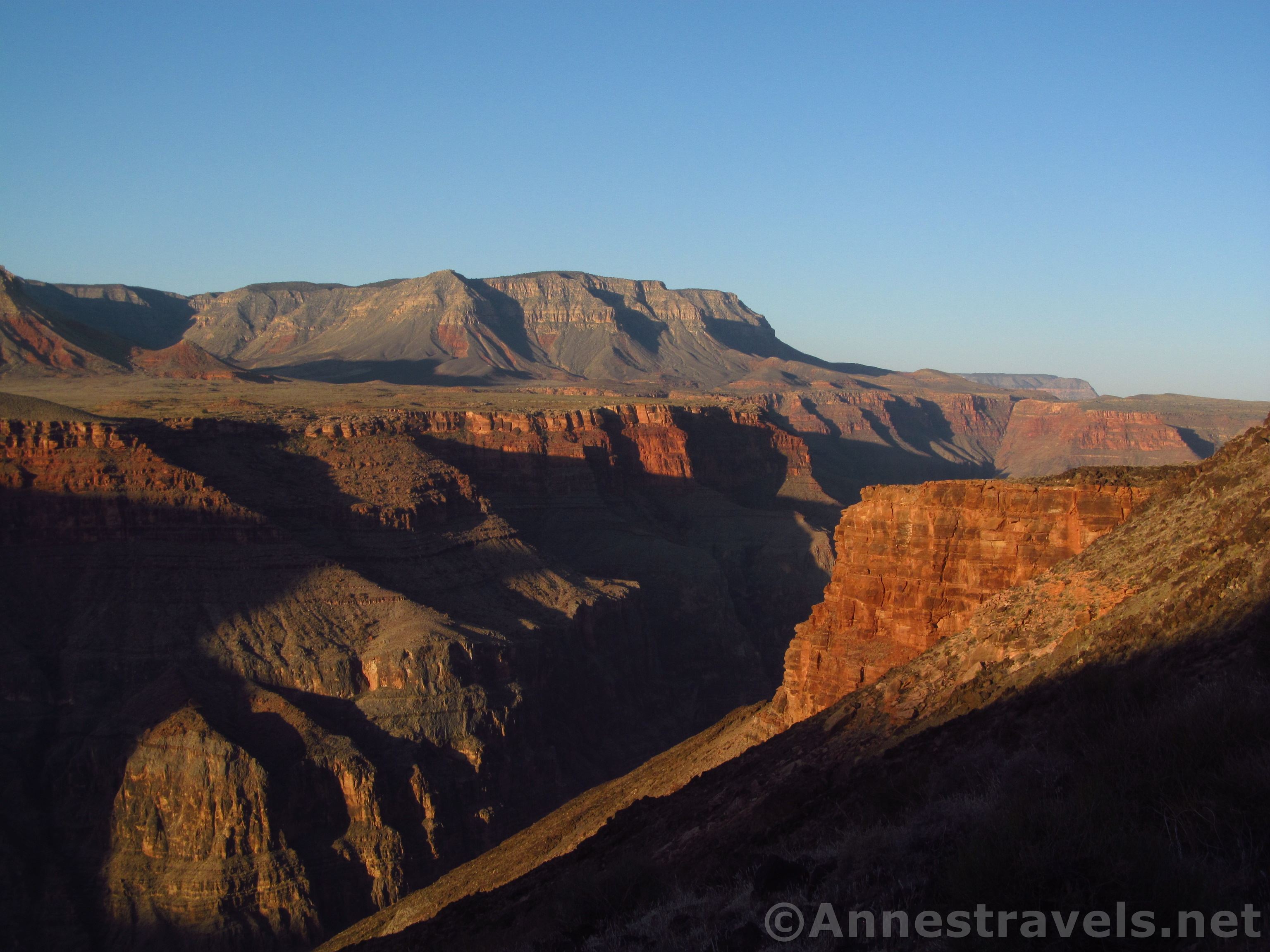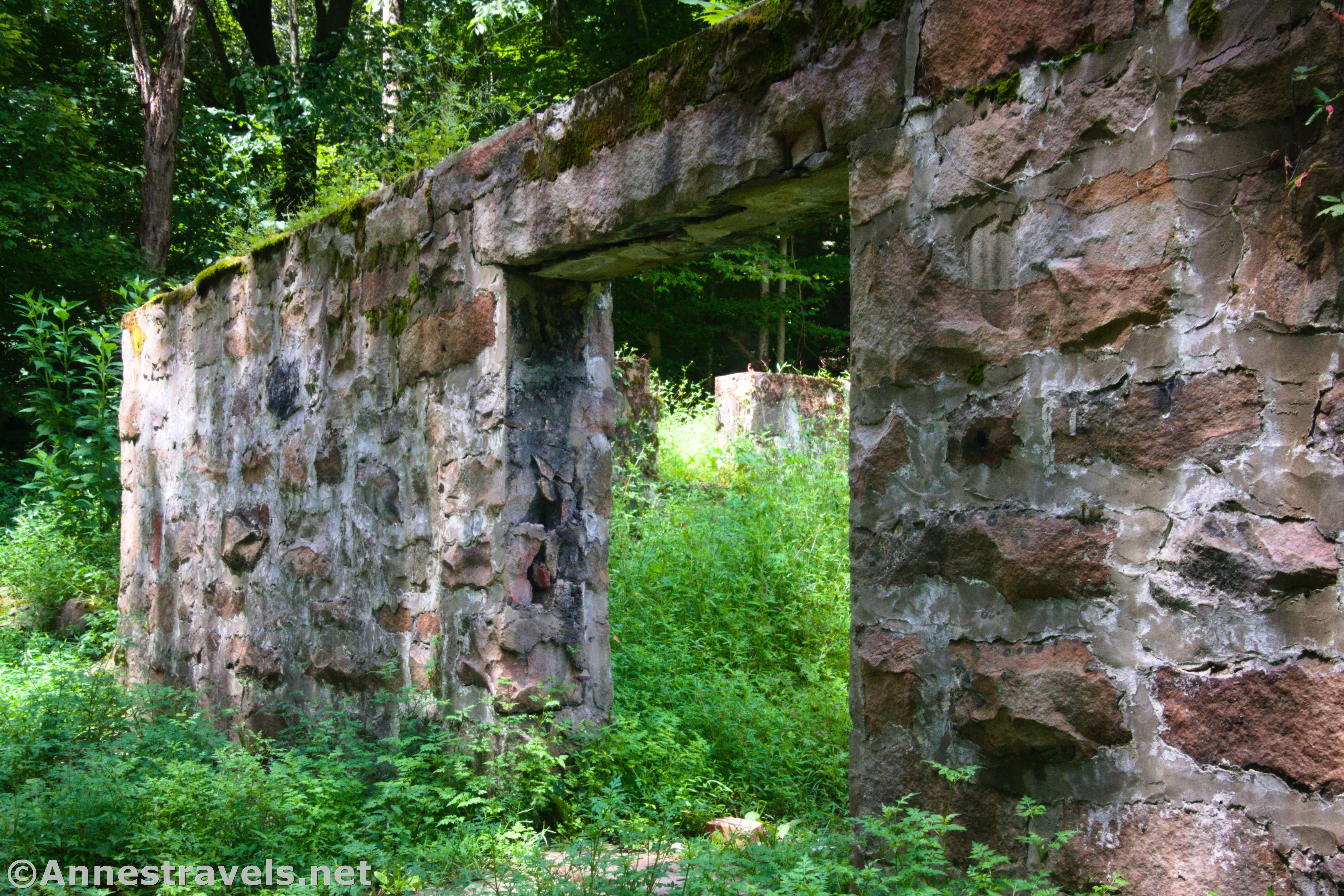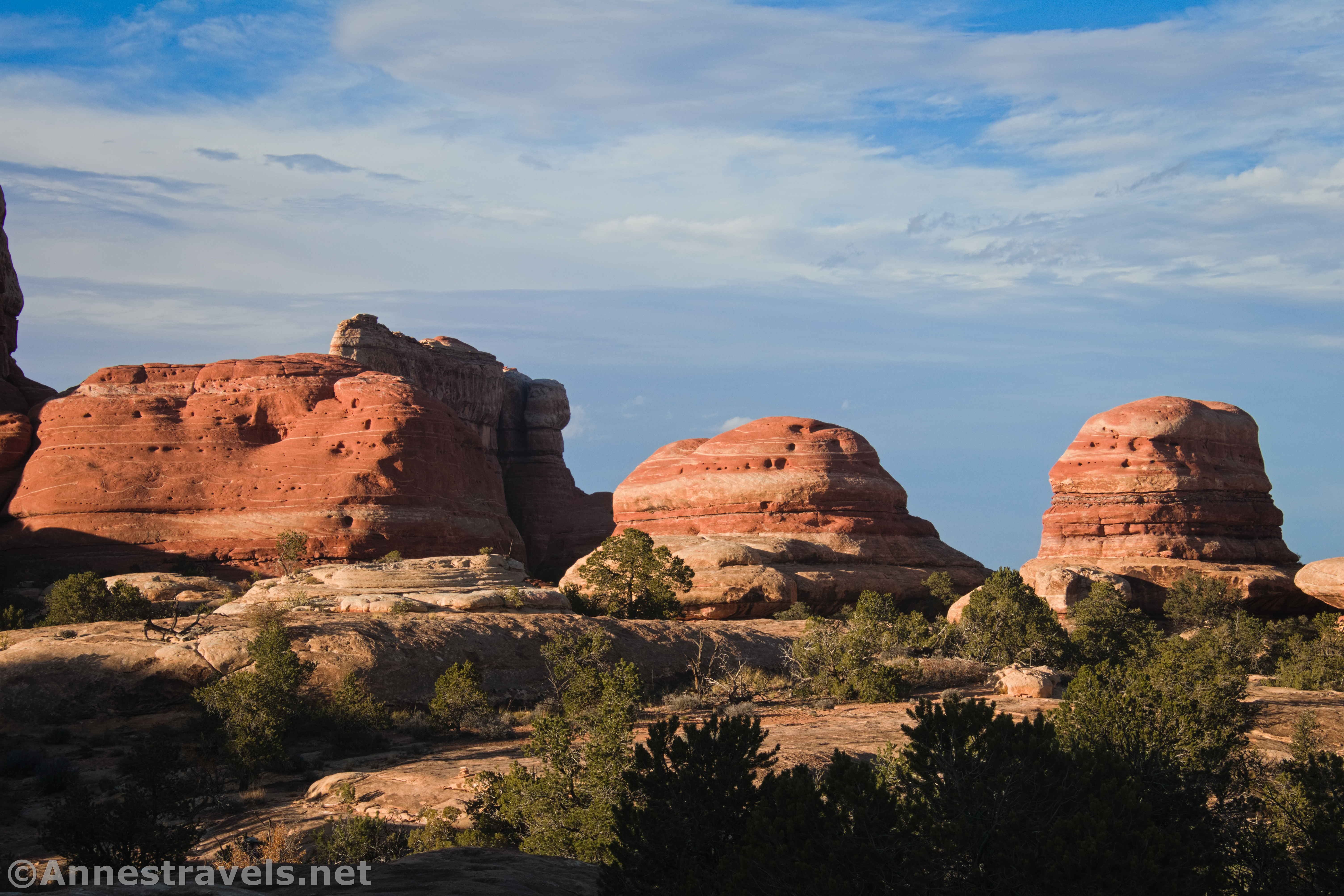
There is no “best” direction of light for a photograph. Like any other element of a picture, the direction of light will help – or hinder – you as you tell a story with your photograph.

The easiest rule of thumb is to shoot with the light behind you so it falls directly on your subject. You don’t have to worry about shadows obscuring your subject or it being backlit. However, this practice isn’t always practical, and it’s usually not very artistic.

Light shining directly onto your subject will create little to no shadows or highlights – making for a flat, uninteresting picture. Having the light from one side will create more depth, but it also may create too many shadows. A light source just to the side of shining directly on your subject may be the perfect meeting of the worlds, so to speak. Move around and try to find the best story you can tell, given lighting conditions.